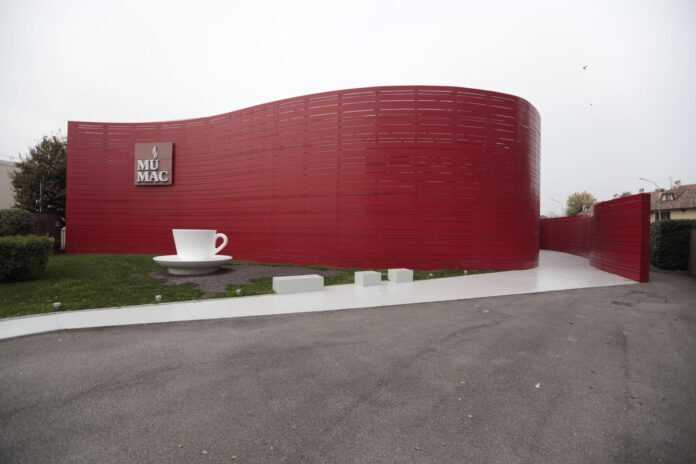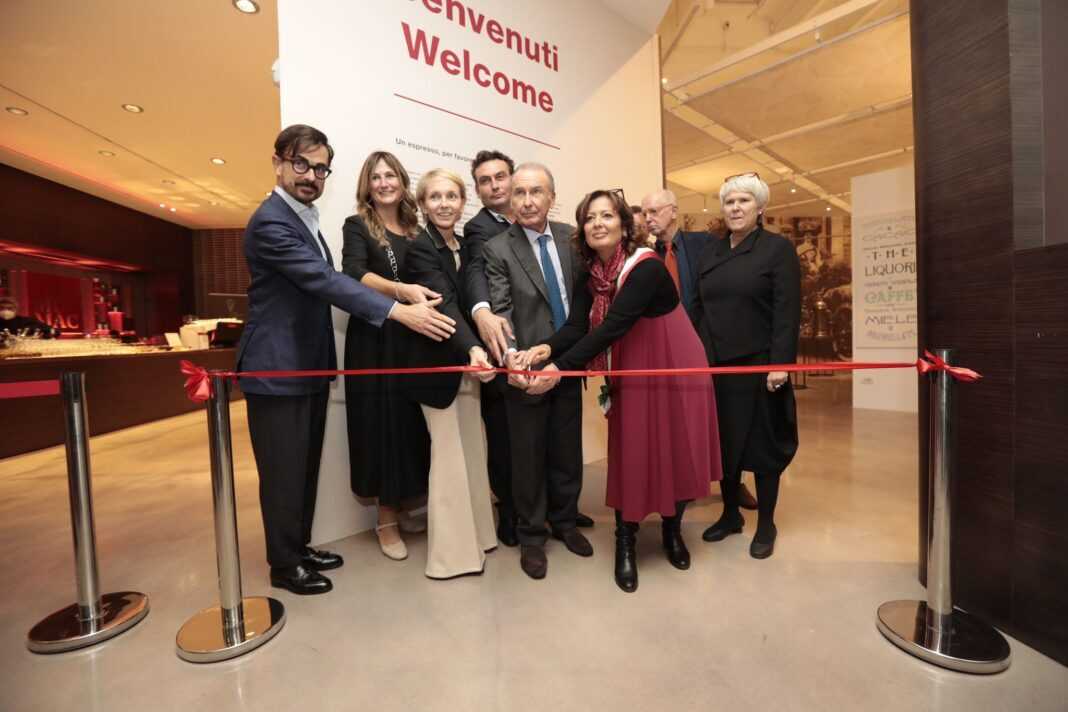BINASCO, Milano (Italy) – Innovation, design and sustainability are the cornerstones of the company, today and tomorrow, just as they were yesterday. And it was the issue of corporate social and cultural responsibility that inspired the idea, in 2012, of creating a museum to protect the Italian heritage represented by an entire Made in Italy sector and to acknowledge the country’s contribution to the industry.
The result was MUMAC, a cultural hub consisting of: MUMAC, the Coffee Machine Museum, with the exhibition of the Cimbali and Maltoni collections; MUMAC Library, the historic Coffee industry library; MUMAC Academy, a place for training and promoting the coffee culture; Hangar 100, a multifunctional annex for temporary exhibitions.
To mark its tenth anniversary, the MUMAC exhibition will be refreshed also to welcome new machines to the collection.
“We are really proud to celebrate the tenth anniversary of MUMAC which, as well as our company museum, over time has become an institution for all collectors and coffee and design lovers” comments Fabrizia Cimbali, CEO of the Cimbali Group. “We wanted to mark this tenth anniversary by redesigning the spaces and the museum experience in order to meet the more exacting requirements of today’s visitors and therefore make ourselves more attractive to the public”.

The museum reorganisation project, entrusted to designers Antonella Andriani and Ambrogio Rossari, was developed according to five main principles which will offer a fresh new take on the virtuous meeting between the cutting-edge technology of the machines and the pleasure of coffee:
“Responsibility, harmony, inclusiveness, accessibility and interaction were the guidelines that shaped the entire project to revisit the MUMAC exhibition space with the aim of making it increasingly a museum for everyone, with an eye on both social and cultural corporate responsibility” explains Barbara Foglia, MUMAC Manager.
Drivers of the MUMAC restyling project
• Responsibility was the underlying principle: social in terms of the community and relations, cultural in terms of the different audiences that visit the museum, and environmental, upcycling existing materials where possible. The formal choices of display elements, the definition of infographics, walls and total black display cases give substance to the expressive language adopted in the room dedicated to modernity.
• Inclusiveness is the approach which, based on the premise of universal design, saw us broaden our horizons to also consider the needs of visitors that have difficulty accessing content, making it available in varying degrees of simplicity and detail on the basis of the visitor’s level of interest, time available and expertise. Content is available in two languages, Italian and English.
• Finally, interaction: starting with the exterior where the installation of an enormous white coffee cup stands out against the sinuous red slats of the building, welcoming visitors and inviting them to interact with the object, the form and the museum using the shared contemporary language of social media. Inside, the refurbished exhibition space has been enriched with a wide array of QR Codes which visitors can use to learn more about the coffee machines through descriptions, archive photos and films, anecdotes and details preserved in the MUMAC Library.
As for the machines, the two Cimbali and Maltoni collections, combined within the museum and consisting of almost 350 pieces in total, 100 of which on display, offer visitors a snapshot of over 120 years of an entire Made in Italy technology sector.
Cimbali and Maltoni collections
Thanks to the support of collector Enrico Maltoni, to celebrate its 10th anniversary the museum has replaced around 30% of the machines on display.
Many of the new exhibits have never been displayed before, including a very rare La San Marco column machine manufactured in Udine in 1920 and steam powered, and an equally rare two-group Eterna from the 1952 Zenith series with an incredible body with original chroming in excellent condition.
MUMAC will reopen to the public on Sunday 23 October with a special opening from 10.30 to 13.00 and from 16.30 to 19.30 to mark the second Museocity inTOUR initiative, which promotes the discovery of the Lombardy region through visits of important yet little known cultural heritage sites.


















